In the dynamic business realm of 2023, enterprises strive not just for revenue growth but also for delivering tailored experiences to their customers. Among the strategies employed, cross-selling has emerged as a potent tactic, capable of achieving both objectives concurrently. This approach revolves around presenting customers with complementary or associated products or services aligned with their initial purchase, effectively amplifying sales opportunities and enriching the consumer journey.
What is Cross-Selling?
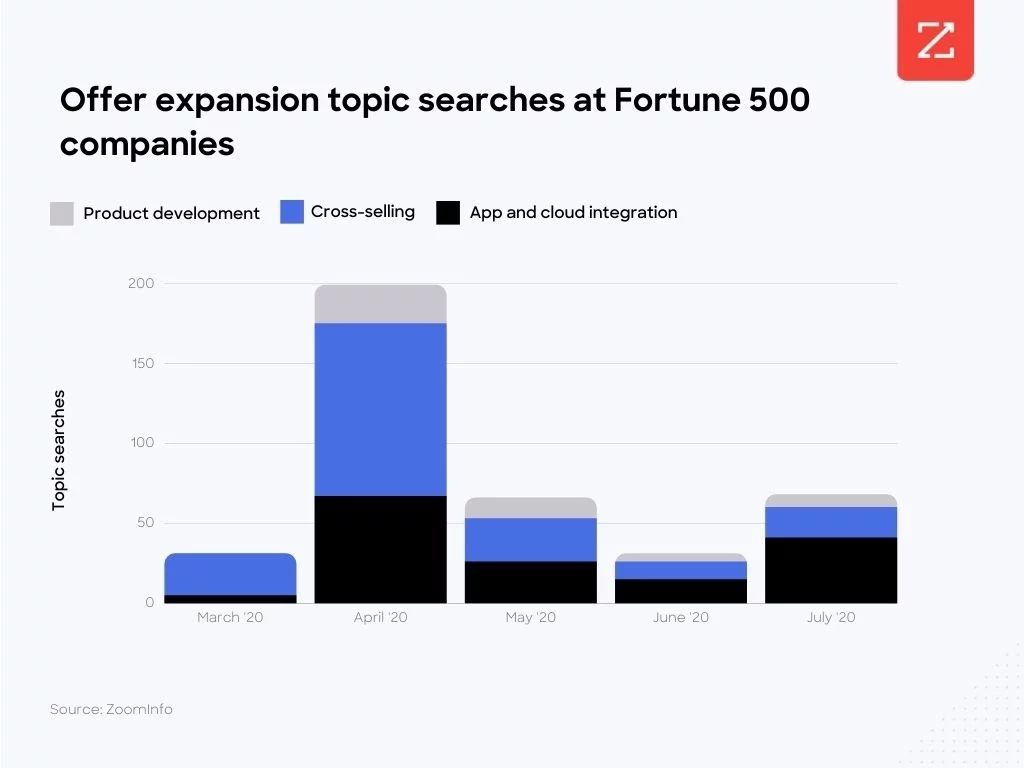
Source: Signals That Indicate Cross-Selling Opportunities
Cross-selling is a sales strategy where a business encourages customers to purchase additional or complementary products or services alongside their primary purchase. It involves offering related or supplementary items that complement the customer’s initial purchase, aiming to increase the overall value of the transaction.
Benefits of Cross-Selling:
- Increased Revenue: Cross-selling allows businesses to boost their sales revenue by encouraging customers to buy additional items, thereby increasing the total transaction value.
- Enhanced Customer Satisfaction: Offering complementary products that align with the customer’s interests or needs enhances their shopping experience, leading to increased satisfaction.
- Improved Customer Retention: Successful cross-selling strategies foster stronger relationships with customers. Satisfied customers who find value in the additional offerings are more likely to return for future purchases.
- Maximized Product Exposure: Cross-selling provides an opportunity to showcase a wider range of products or services to customers, increasing the visibility of offerings that might have gone unnoticed otherwise.
- Efficient Inventory Management: Encouraging the sale of related items ensures a more balanced inventory turnover, preventing overstock of certain products while promoting the movement of others.
- Cost-Efficiency: Cross-selling to existing customers is generally more cost-effective than acquiring new customers. It leverages the relationship already established with the customer, requiring fewer resources for acquisition.
Redefining Cross-Selling in the Contemporary Market:

- Customer-Centric Approach:
- Tailored Recommendations: Cross-selling is no longer about pushing random products; it’s about understanding individual customer needs and preferences. By suggesting relevant add-ons or complementary items aligned with the initial purchase, businesses craft a more personalized shopping experience.
- Driving Enhanced Satisfaction:
- Value Addition: Offering products that resonate with the customer’s interests or needs enhances their overall satisfaction. When the suggested items complement their primary purchase, it creates a sense of value and understanding, ultimately enriching their experience with the brand.
- Loyalty and Repeat Business:
- Building Relationships: A positive cross-selling experience cultivates a deeper connection with the customer. Satisfied customers are more likely to return for future purchases and engage in long-term relationships with the brand.
- Revenue Maximization:
- Increasing Average Order Value (AOV): Strategic cross-selling effectively drives up the average order value. By enticing customers with items that complement their primary purchase, businesses boost revenue without the need for extensive customer acquisition efforts.
- Data-Driven Insights:
- Understanding Behavior: Analyzing cross-selling data offers invaluable insights into customer behavior, preferences, and buying patterns. These insights drive informed decisions, refining future cross-selling strategies, and enhancing overall business performance.
- Competitive Edge:
- Customer-Centricity: Businesses excelling in cross-selling by providing tailored, relevant suggestions set themselves apart. This customer-centric approach often becomes a differentiator, elevating the brand’s position and competitive advantage in the market.
- Personalization and Customer Experience:
- Tailored Engagement: Personalized cross-selling demonstrates a keen understanding of the customer’s preferences, fostering a sense of being understood and valued. This personalized engagement significantly augments the overall shopping experience.
Impact of Effective Cross-Selling
Effective cross-selling practices transcend immediate sales boosts, impacting various aspects of customer-business relationships and revenue streams.
1. Enhanced Customer Engagement and Satisfaction
Successful cross-selling strategies are built on understanding and addressing customer preferences. Recommending items that align with their interests or needs creates a personalized shopping journey. This tailored approach significantly elevates customer satisfaction, nurturing deeper connections and loyalty towards the brand. Customers value relevant suggestions that enhance their overall experience, resulting in heightened engagement and positive sentiment.
2. Increased Revenue Potential
One of the most measurable benefits of adept cross-selling is its direct impact on revenue streams. Proposing additional items that complement the primary purchase notably increases the average order value. This rise in sales revenue underscores the efficacy of cross-selling, contributing directly to the financial success of the business. Bolstering the overall transaction value through cross-selling initiatives fortifies the bottom line, making it an indispensable revenue-generating tactic.
3. Improved Customer Retention and Loyalty
Effective cross-selling isn’t solely about immediate transactions; it’s about fostering enduring relationships. Contented customers, who perceive value in suggested add-ons, are more likely to return for future purchases. This sustained engagement enhances customer retention rates, cementing the brand-customer rapport. By consistently offering valuable recommendations, businesses establish themselves as trusted partners in fulfilling customer needs, nurturing loyalty and recurrent business.
4. Enhanced Product Visibility
Cross-selling exposes customers to a wider range of products or services. It introduces them to items they might not have explored otherwise, increasing overall product awareness. This visibility encourages customers to consider and potentially invest in products they hadn’t initially planned on purchasing.
5. Strengthened Brand Affinity
Tailored cross-selling initiatives reflect a business’s commitment to understanding and addressing individual customer needs. By providing relevant suggestions and valuable add-ons, businesses create a positive brand association. Customers perceive the brand as attentive and committed to enhancing their overall experience, fostering deeper trust and affinity.
6. Customer Advocacy and Referrals
Satisfied customers resulting from effective cross-selling are more likely to advocate for the brand. They share positive experiences and recommendations with friends and family, driving organic referrals. This word-of-mouth marketing, stemming from personalized and valuable interactions, can significantly expand the customer base and drive sales growth.
Techniques for Effective Cross-Selling:
1. Personalized Recommendations:
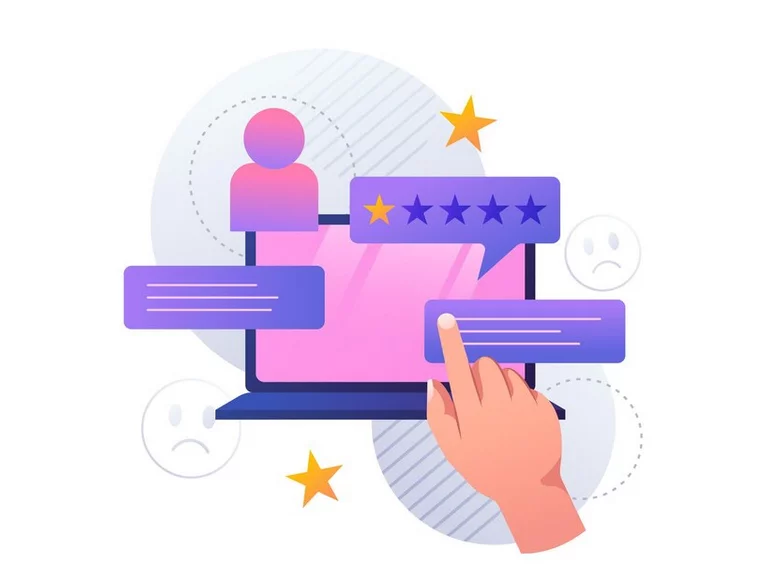
- Leveraging Robust Analytics Tools
Harnessing the capabilities of robust analytics tools, such as Google Analytics or Kissmetrics, is pivotal in understanding customer behavior. These platforms offer comprehensive data collection and analysis, providing insights into customer interactions, purchase patterns, and preferences. By delving into this data, businesses gain a comprehensive understanding of their audience’s behavior throughout the purchasing journey.
- In-Depth Analysis for Personalized Recommendations
The collected data undergoes meticulous analysis to derive actionable insights. This in-depth examination provides a granular view of customer preferences, identifying trends and patterns in their buying habits. By understanding what customers are searching for, what they purchase, and what influences their decisions, businesses can tailor their product recommendations to align perfectly with individual preferences.
- Implementation of AI-Powered Algorithms
Implementing AI-driven recommendation engines, such as those offered by Optimizely or Barilliance, takes personalization to the next level. These sophisticated algorithms utilize machine learning techniques to process vast amounts of data, including past purchase history, browsing behavior, and demographic information. By employing predictive analytics, these tools accurately anticipate customer needs and preferences, offering tailored product recommendations in real-time.
- Harnessing Past Purchase Data and Demographics
AI-powered algorithms analyze past purchase data to understand customers’ historical preferences, identifying related products or services that customers are likely to be interested in. Moreover, these algorithms factor in demographic information to tailor suggestions based on age, location, or other relevant characteristics, ensuring the recommendations are highly targeted and relevant to each individual.
2. Bundling Strategies:
- Platforms for Curated Bundles
Platforms like WooCommerce Product Bundles or Shopify Product Bundles empower businesses to craft curated sets of complementary items. These tools enable seamless bundling of products, offering businesses the flexibility to create packages that complement each other and appeal to their customer base.
- Incentivizing Bundles for Customer Uptake
Incentives play a pivotal role in encouraging customers to opt for bundled packages. Businesses can entice customers by offering discounts, exclusive offers, or value-added benefits when purchasing bundled products. These incentives serve as compelling reasons for customers to choose the bundled option rather than purchasing individual items separately.
- Enhancing Value Perception
The key to successful bundling strategies lies in enhancing the perceived value for customers. By bundling related products together, businesses can communicate the synergy between items, highlighting how the combined purchase offers more value than buying each item individually. This approach not only increases the likelihood of purchase but also strengthens customer satisfaction.
- Personalization and Tailoring
Customizing bundles based on customer preferences or purchase history can further enhance their appeal. Analyzing customer data enables businesses to create personalized bundles that align with individual preferences, increasing the chances of customer uptake. For instance, suggesting bundles based on a customer’s past purchases can significantly improve relevance and engagement.
- Promoting Bundles Effectively
Efficient promotion of bundled offerings is crucial for their success. Businesses can showcase bundles prominently on their website, utilize targeted marketing campaigns, and leverage email marketing to highlight the value and benefits of these packages. Strategically placing bundles in high-traffic areas of the website or during checkout can capture customers’ attention and drive conversions.
3. Checkout Optimization:
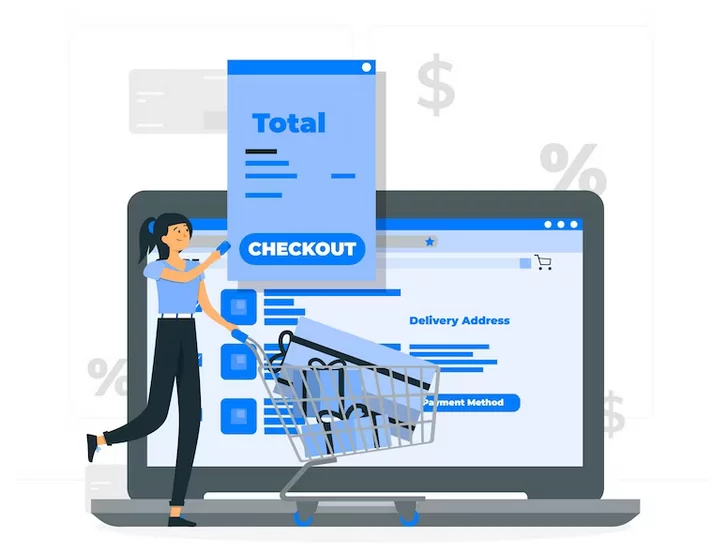
- Streamlined Upselling: Integrate plugins like One-Click Upsell for WooCommerce to seamlessly display related or frequently bought together items during the checkout process. Simplifying the add-on process enhances customer convenience.
4. Targeted Email Campaigns:

- Tools for Customer Segmentation
Tools like Mailchimp or Sendinblue offer robust features for segmenting customer databases. These platforms enable businesses to divide their customer base into distinct segments based on various criteria, such as purchase history, preferences, demographics, or engagement levels.
- Precision in Email Campaigns
Segmented campaigns allow businesses to craft highly targeted and personalized email campaigns. By understanding the preferences and behaviors of each segment, businesses can send tailored recommendations for relevant add-ons or complementary products. These emails highlight the unique benefits of the suggested items, enticing customers with offerings that resonate with their specific interests or needs.
- Personalization and Tailoring
Personalization is the cornerstone of effective segmented campaigns. By utilizing customer data and segmentation tools, businesses can create personalized messages that resonate with each segment. This may include product recommendations, exclusive offers, or content tailored to the interests and preferences of the targeted audience.
- Measuring Campaign Success
Analyzing key metrics, such as open rates, click-through rates, and conversion rates for each segmented campaign, provides insights into its effectiveness. Businesses can assess which segments respond best to specific recommendations, allowing for continuous optimization of future campaigns.
5. Compelling Visuals and Descriptions:

- Visual Content Creation Platforms
Platforms like Canva provide businesses with intuitive tools to create visually appealing content for product recommendations. Using Canva’s templates and design elements, businesses can craft eye-catching images, infographics, or engaging videos that effectively showcase the benefits of additional products.
- Crafting Persuasive Product Descriptions
a. Concise and Compelling: Persuasive descriptions should succinctly communicate the unique value proposition of the additional products. Businesses should focus on highlighting how these additions complement the primary purchase and provide added benefits to the customer.
b. Emphasizing Benefits: Using persuasive language, descriptions should emphasize the benefits and advantages customers gain by including these products in their purchase. Highlighting how these items solve a problem or enhance the overall experience encourages customers to consider the add-ons.
- Importance of Visuals and Persuasive Descriptions
a. Boosted Conversion Rates: Visually engaging content coupled with persuasive descriptions increases the likelihood of conversion by effectively communicating the value proposition of additional products.
b. Improved Customer Understanding: Compelling visuals and persuasive descriptions help customers better understand the benefits and functionalities of the suggested items, leading to informed purchase decisions.
- Measuring Effectiveness
Businesses can track the performance of visual content and persuasive descriptions through engagement metrics such as click-through rates, time spent on product pages, or conversion rates of cross-sold items. Analyzing these metrics helps refine strategies for better results.
6. In-Store Promotions or Displays:

- Strategic Placement of Complementary Items
a. Checkout Placement: Placing complementary items strategically near the checkout counter prompts customers to consider additional purchases just before completing their transaction. These items, often lower-priced or impulse buys, can entice customers to add more to their cart.
b. Alongside Related Products: Displaying complementary items alongside related products in the store enhances their visibility. For instance, placing batteries near electronic devices or shoe care products near footwear encourages customers to consider these add-ons while shopping for related items.
- Measuring Success
Retail stores can track the effectiveness of strategic placement by monitoring sales data of complementary items placed near checkouts or alongside related products. Similarly, feedback from customers regarding the helpfulness of in-store recommendations can provide valuable insights into their impact on purchasing decisions.
Case Studies Demonstrating Effective Cross-Selling Strategies:
Case Study 1: Amazon’s “Frequently Bought Together”
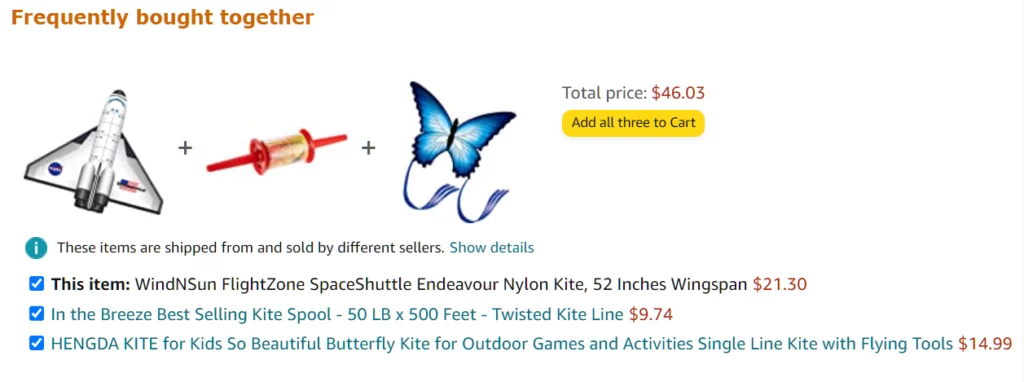
Amazon’s innovative integration of the “Frequently Bought Together” feature has reshaped the landscape of cross-selling. By strategically showcasing complementary products on each product page, Amazon prompts customers to consider additional items that complement their primary purchase. This intelligent tactic has proven immensely successful, notably elevating Amazon’s average order value. As a result, Amazon has experienced substantial revenue growth attributed to increased sales driven by cross-selling. Customers appreciate the convenience of finding relevant add-ons that enhance their shopping experience, thereby contributing to heightened sales and elevated customer satisfaction levels.
Case Study 2: Netflix’s Personalized Recommendations
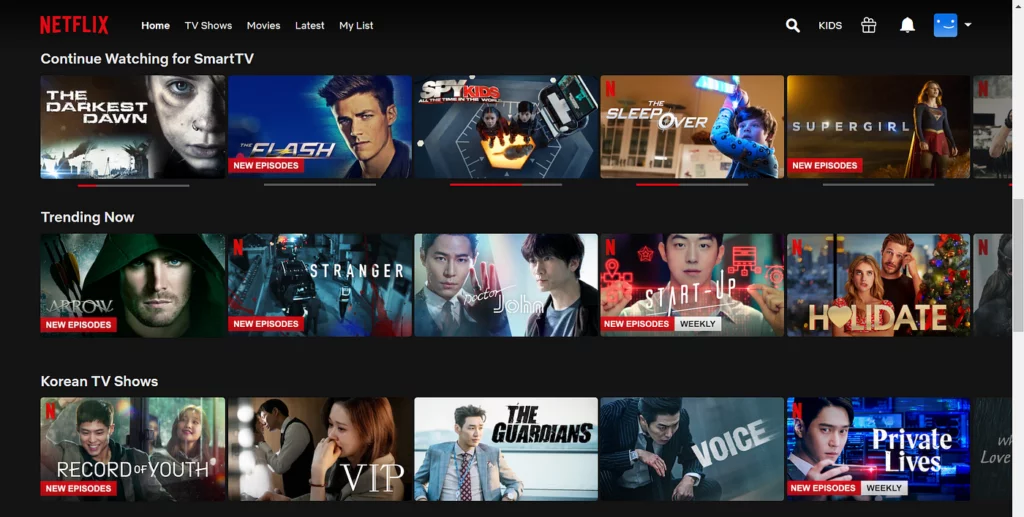
Netflix, a global leader in entertainment streaming, stands out for its data-driven approach in delivering personalized content recommendations. Through sophisticated algorithms analyzing users’ viewing habits, preferences, and historical data, Netflix offers tailored movie and TV show suggestions to its subscribers. This personalized approach has revolutionized user engagement and subscription retention rates. By presenting content recommendations aligned with individual preferences, Netflix keeps users deeply engaged with the platform. This sustained engagement translates to longer subscription periods and increased user satisfaction, enhancing Netflix’s market position and subscriber loyalty.
Case Study 3: Spotify’s Curated Playlists and Discover Weekly
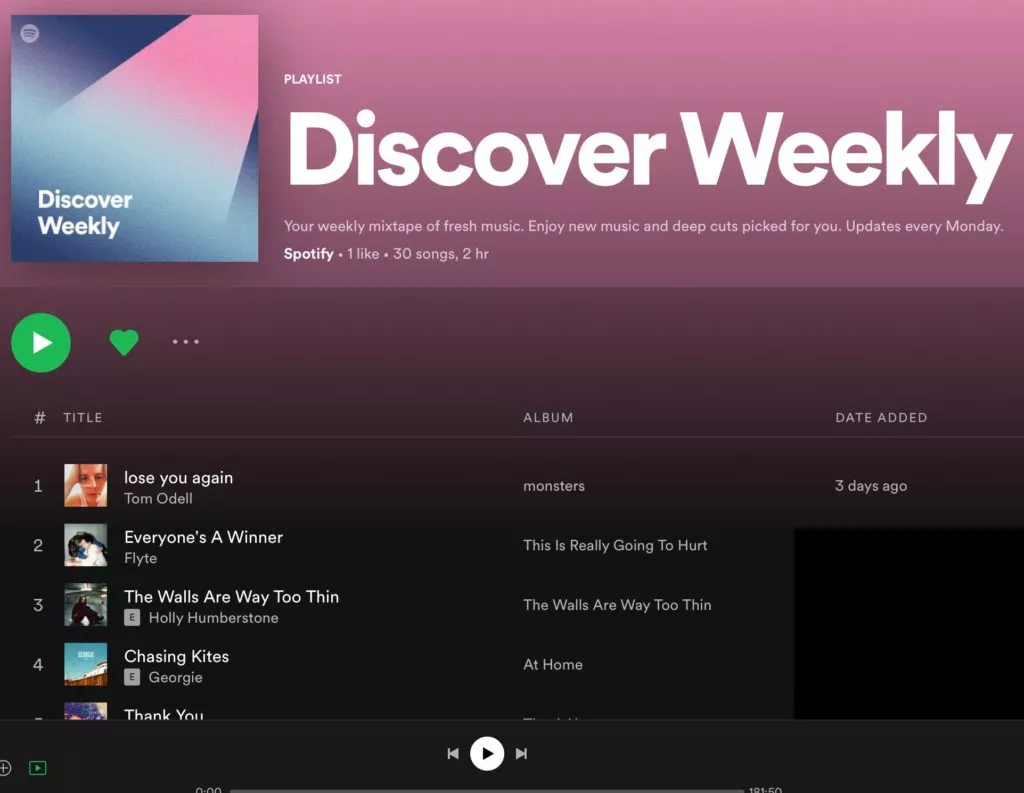
Spotify, a prominent music streaming service, leverages data analytics to curate personalized playlists and its widely popular “Discover Weekly” feature. By analyzing user listening habits and preferences, Spotify generates custom playlists tailored to individual tastes. This personalized content recommendation strategy significantly boosts user engagement and retention. Users appreciate the curated playlists that align with their music preferences, fostering a stronger connection to the platform and leading to prolonged user sessions and increased satisfaction.
Case Study 4: Sephora’s Beauty Insider Program
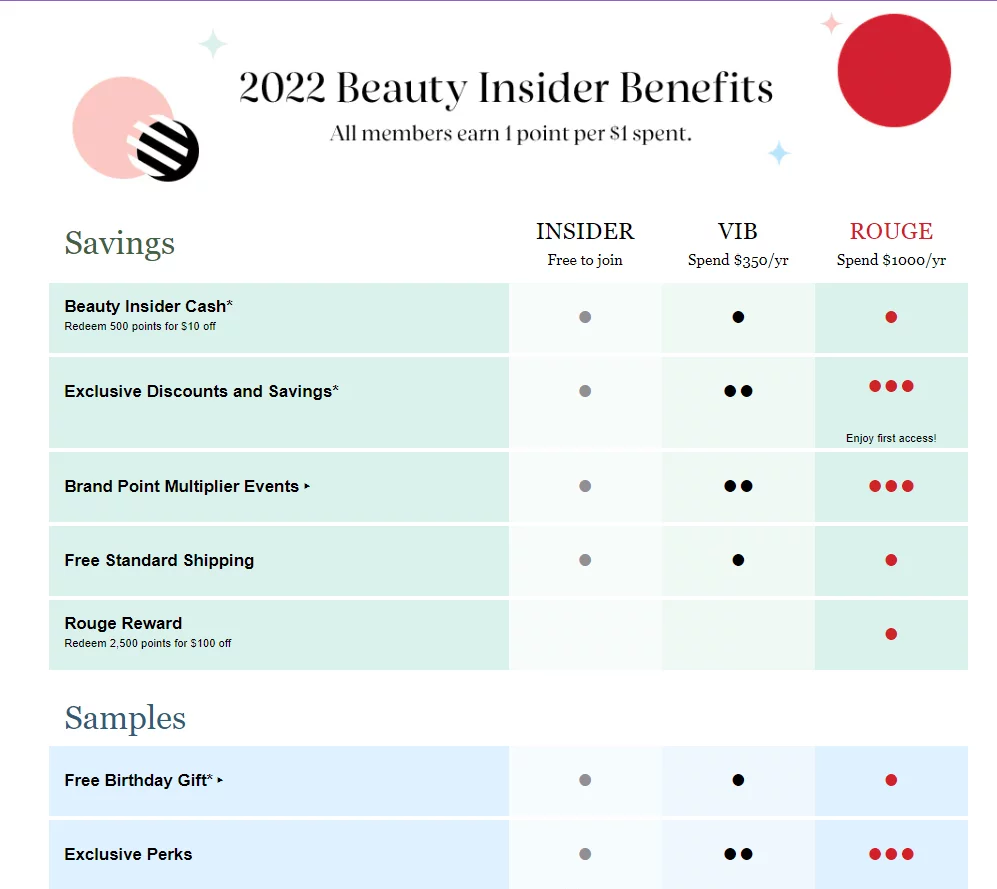
Sephora, a leading cosmetics retailer, excels in cross-selling through its Beauty Insider Program. By offering personalized product recommendations based on customers’ beauty profiles, purchase history, and preferences, Sephora enhances the shopping experience. The Beauty Insider Program recommends complementary skincare, makeup, and fragrance products, driving increased purchases and fostering customer loyalty through tailored recommendations.
Case Study 5: Best Buy’s Product Bundling Strategy
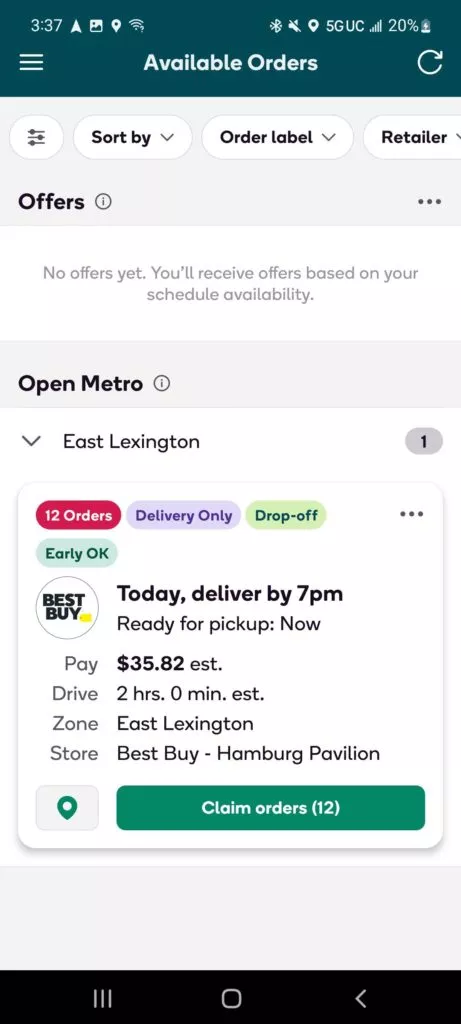
Best Buy, a consumer electronics retailer, employs an effective product bundling strategy. By offering bundled packages consisting of complementary electronic devices and accessories, Best Buy entices customers to purchase additional items that enhance their overall experience. This bundling tactic has proven successful in boosting the average order value and increasing customer satisfaction, establishing Best Buy as a go-to destination for comprehensive electronic solutions.
Conclusion:
In the dynamic landscape of commerce, cross-selling has evolved beyond just a sales strategy; it’s become a pivotal tool for enhancing customer satisfaction, driving revenue growth, and fostering enduring relationships between businesses and their clientele. As businesses delve deeper into understanding customer behavior and preferences, the efficacy of personalized cross-selling initiatives continues to soar, leading to increased engagement, elevated sales, and amplified brand loyalty.
FAQs on Cross-selling in 2023:
Is cross-selling relevant in various industries?
Absolutely! Cross-selling is applicable across industries, from e-commerce to entertainment, retail, and beyond. Businesses across diverse sectors leverage cross-selling strategies to boost sales and enhance customer engagement.
What are the challenges associated with cross-selling?
The main challenges include striking a balance between suggestive selling and respecting customer preferences, avoiding being perceived as too pushy, and ensuring that the recommended products genuinely add value to the customer’s purchase.
How can businesses measure the success of cross-selling strategies?
Businesses can measure success through metrics like increased average order value, customer retention rates, and sales attributed to cross-selling efforts. Additionally, feedback and engagement indicators provide insights into the effectiveness of implemented strategies.



